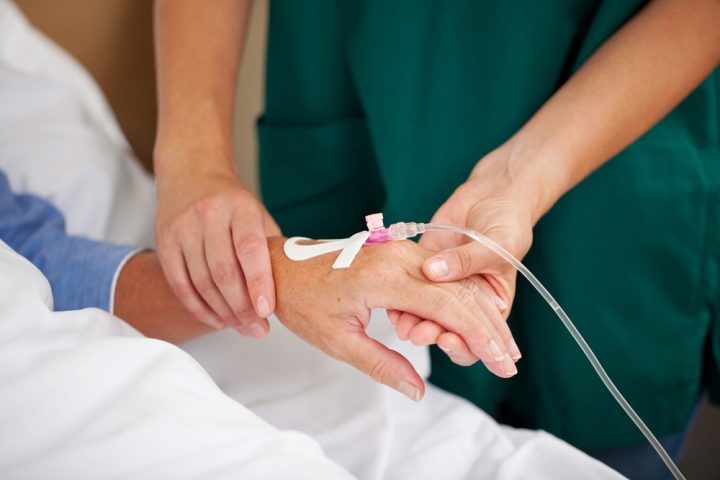Basically, Deep Vein Thrombosis is a blood clot and the majority of sufferers develop them in their legs but they can also form in other parts of the body. If you have developed DVP there are a variety of symptoms to look out for – swelling of the affected area being the most obvious one, but if the clot moves towards your heart you may suffer chest pain (and definitely need to take a trip to the hospital.
Common Causes
Mostly, Deep Vein Thrombosis is preventable – but you do have to know the causes so you can avoid them as much as possible. The usual suspects of being overweight and a smoker put you at huge risk of developing Deep Vein Thrombosis, although the condition is usually triggered by surgery or an illness/accident that’s left you with a long period of recovery in an immobile state. Some hospitals give out anti-DVT stockings when you have a baby, it being recognised that this is one of those medical ‘danger zones’ where Deep Vein Thrombosis can pop up.
There are medical conditions which can leave you at risk of developing DVT, some cancers leave you prone to it with the double whammy of some cancer treatments giving you an enhanced risk of developing all sorts of clots, including DVT. Of course, if you’re a high-risk group you’ll be monitored at some stage in the course of any regular treatment you might be having – always trust the professionals of course, but there are things you can do to help yourself.
A rule of thumb is that being laid up in bed for more than three days leaves you at a higher risk of developing the disease, although a sedentary lifestyle on the whole can also put you at risk. So if you’re seated for most of your working day do try to move around a little from time to time to give your blood a chance to flow.
The stockings given out on maternity wards can be purchased from all pharmacies and from a multitude of online stores. If you know someone is sick and spending a lot of time in bed buy them a pair, if you know you’re going into hospital buy yourself a pair – some hospitals do give them out to in-patients, but some don’t so it’s always worth calling ahead or just packing a pair of stockings in your patient bag. Long plane journeys or car rides can cause blood to settle in the legs and it’s recommended that you get up and walk as regularly as possible, but also invest in a pair of stockings designed especially for flying.
Broken lower limbs can also cause someone to develop Deep Vein Thrombosis, a broken pelvis will require you being an in-patient where medical staff will be watching for that happening but if you break a leg you’ll probably be back home before a DVT developed. The key, if you have any major damage from the waist down (or the arms in some rarer cases), is to look out for a ‘different’ pain and note any changes to the feel of your leg, which is made harder when you’re in a cast but if you’re concerned do get a medical opinion.
Sourced from: webmd
Image Source: Thinkstock / zlikovec







